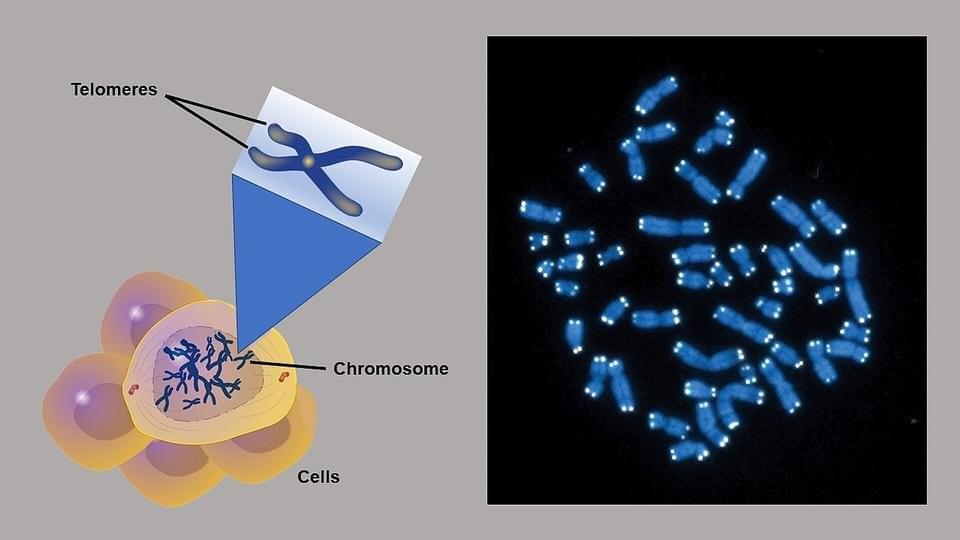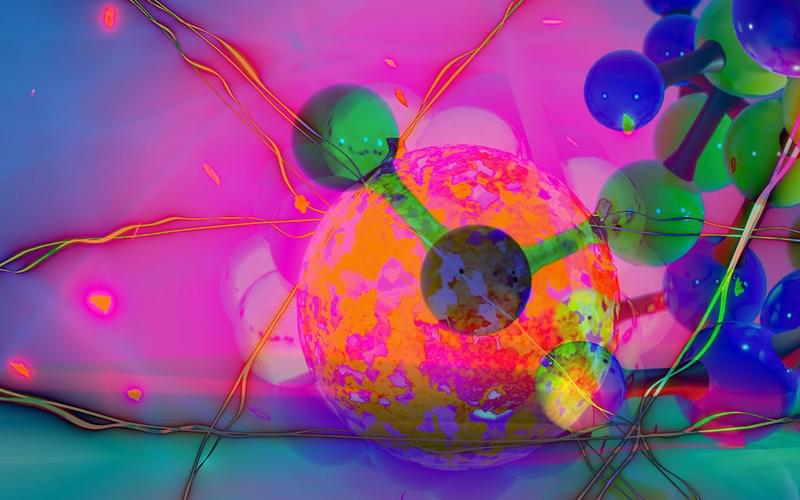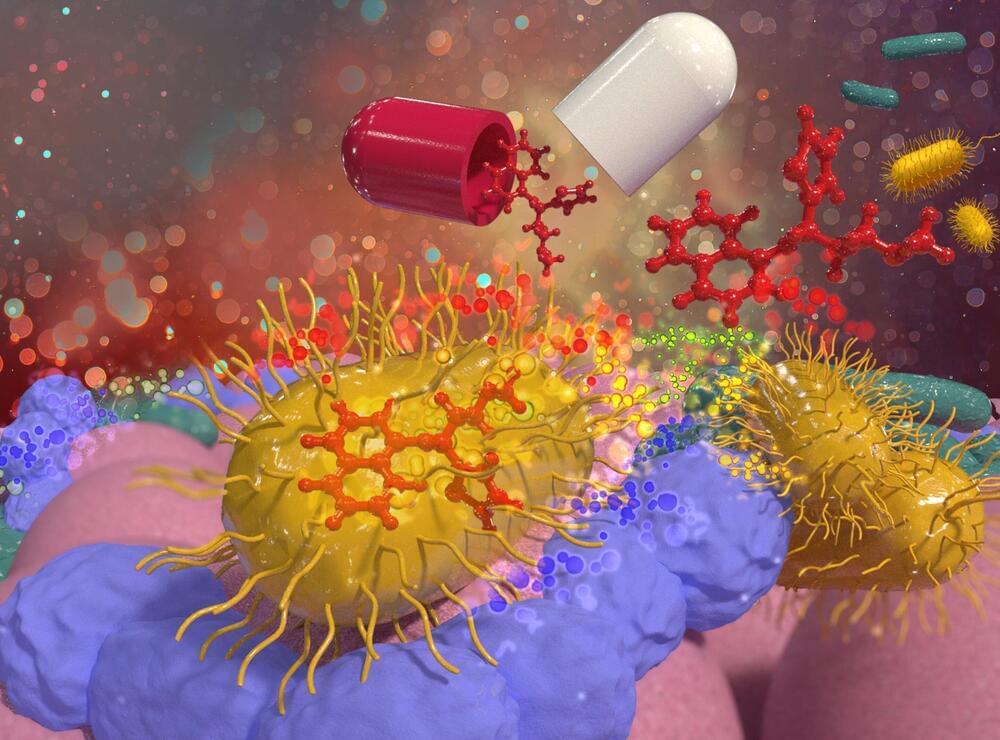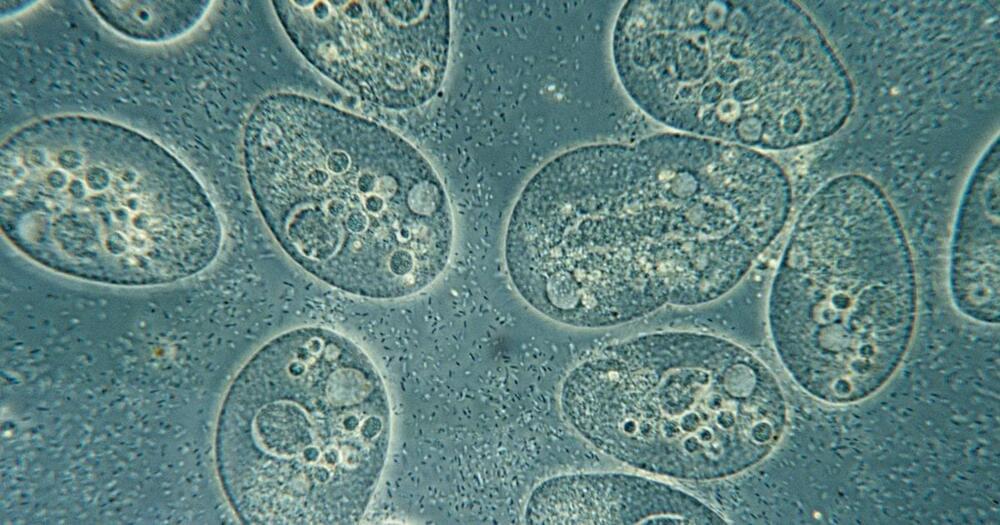Mentions telomeres.
~~~
People with rare disorders that cause shortened telomeres—protective caps that sit at the end of chromosomes—may be more likely to have blood cancers such as leukemia or myelodyplastic syndrome. Now, Johns Hopkins Medicine scientists have discovered several “self-correcting” genetic mutations in bone marrow that may protect such patients from these cancers.
In a study published online August 3 2021, in the Journal of Clinical Investigation, the researchers also suggest these mutations can serve as biomarkers that may indicate if patients with short telomere syndromes are likely to develop blood cancers.
“These are the most common cancers we see in patients with short telomere syndromes,” says Mary Armanios, M.D., director of the Telomere Center and professor of oncology at the Sidney Kimmel Comprehensive Cancer Center at Johns Hopkins. “We know that at a certain point, the cells of patients with shortened telomeres either become cancerous or stay healthy.”









